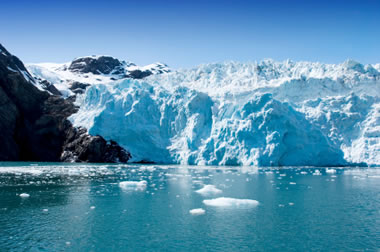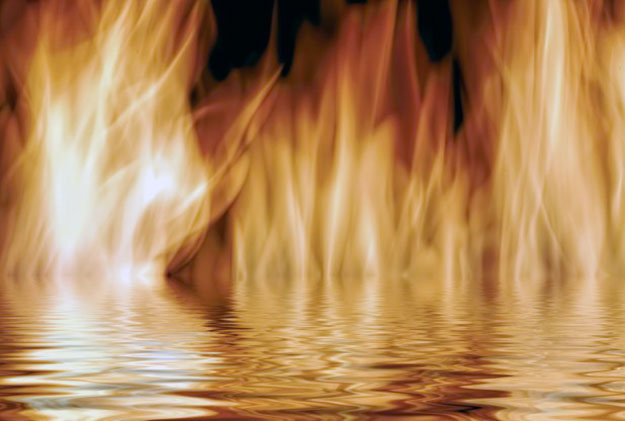Jan G. Davidsen and his graduate students are spies. They use listening stations and special tags they attach to their subjects to track their movements. They follow their subjects winter and summer, day and night. They are in pursuit of secrets. And they are relentless.

Master’s student Anne Cathrine Flaten (left) and researcher Jan Davidsen from the Norwegian University of Science and Technology remove a listening device from Snillfjord in central Norway so they can download data on the movements of sea trout in the fjord.
Fortunately, this is not the Stasi, nor the KGB. Davidsen is a biologist at the Norwegian University of Science and Technology’s University Museum, and his subjects are 15 cm long slivers of silvery sea trout. Read more





